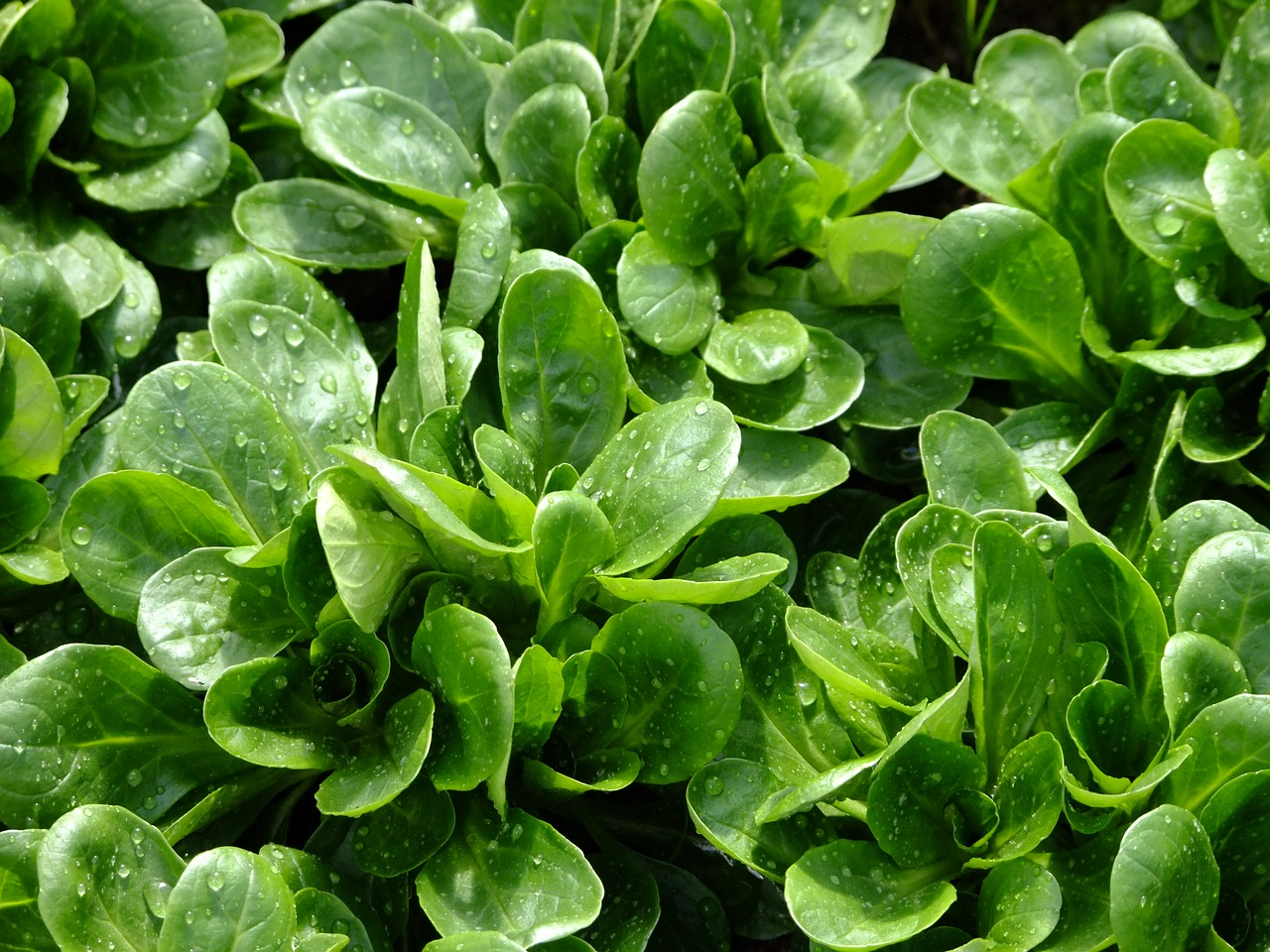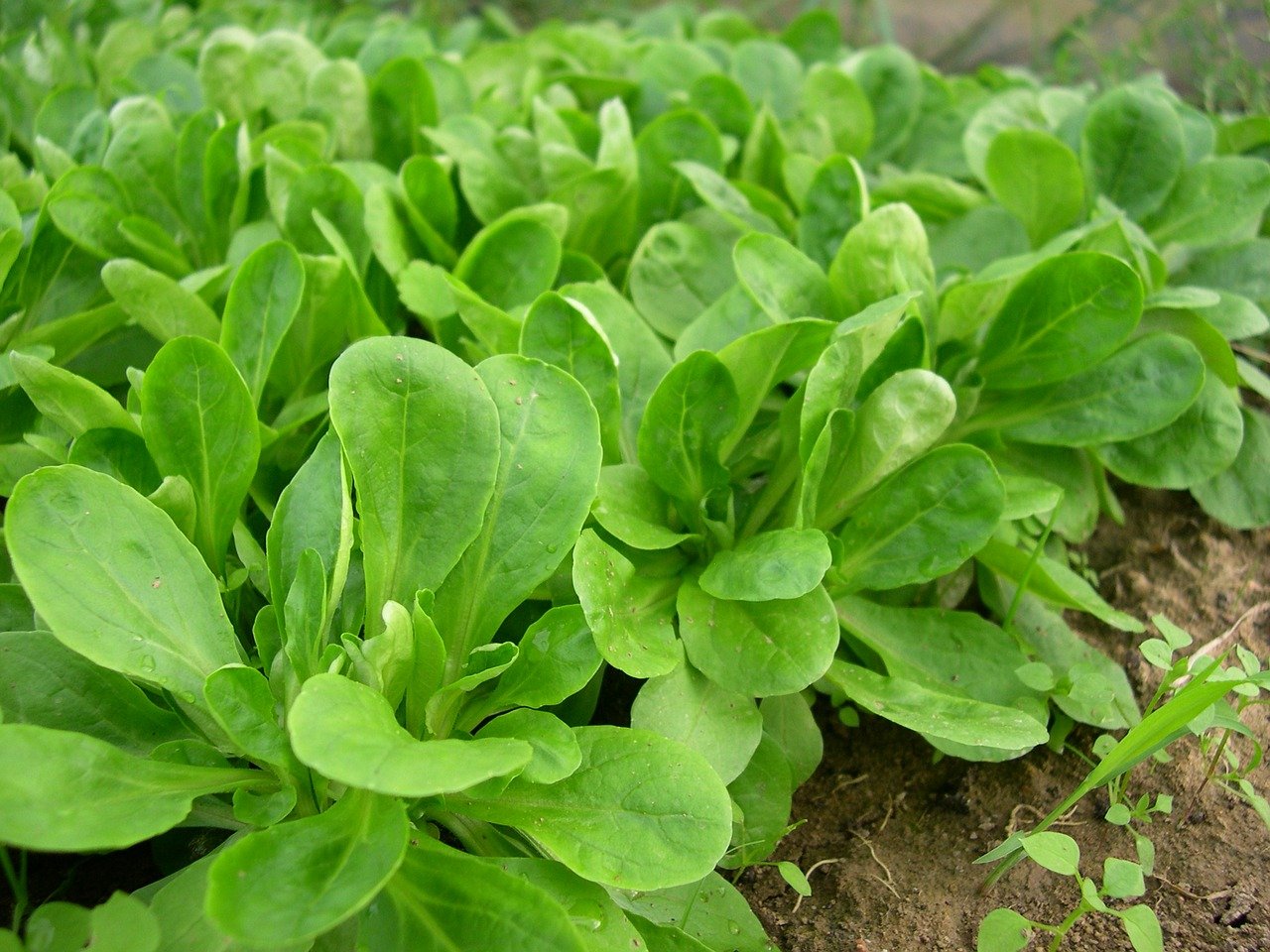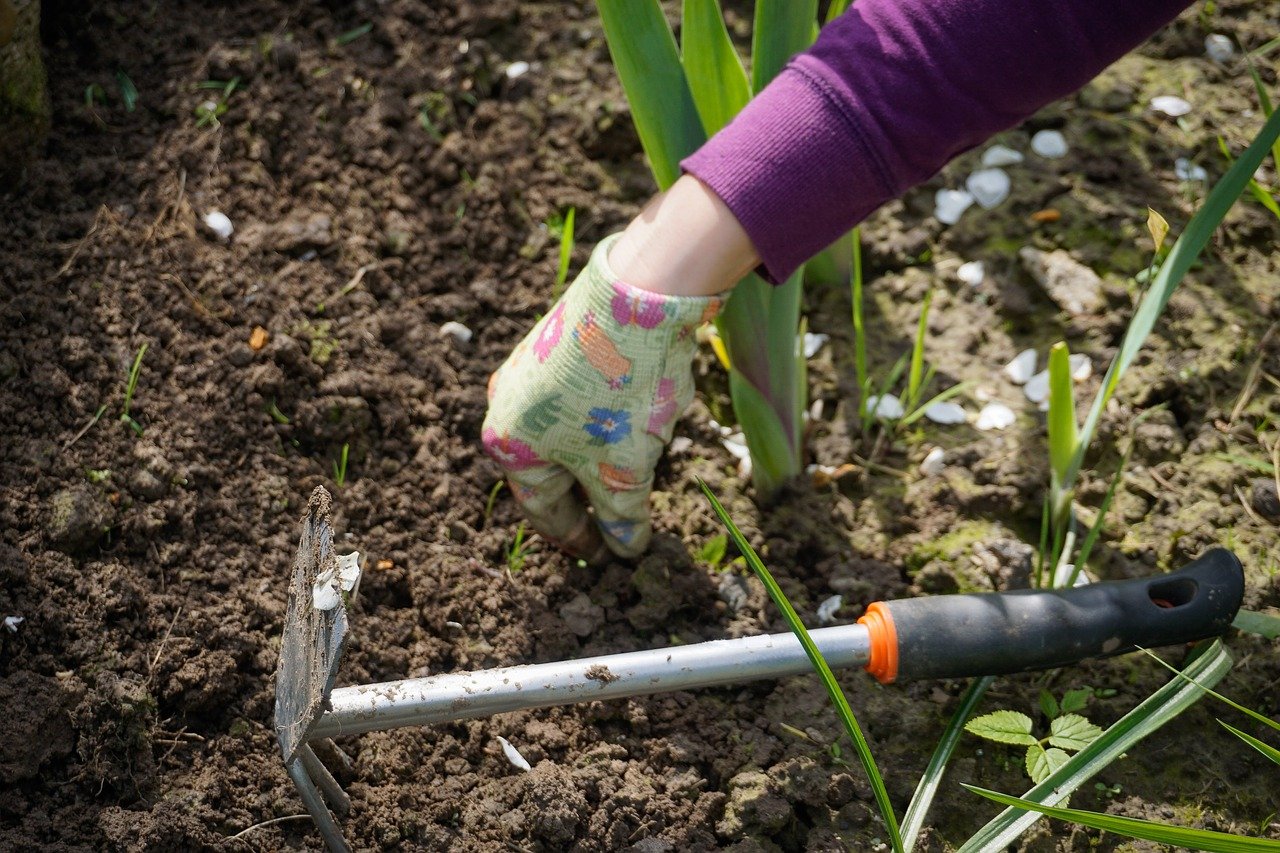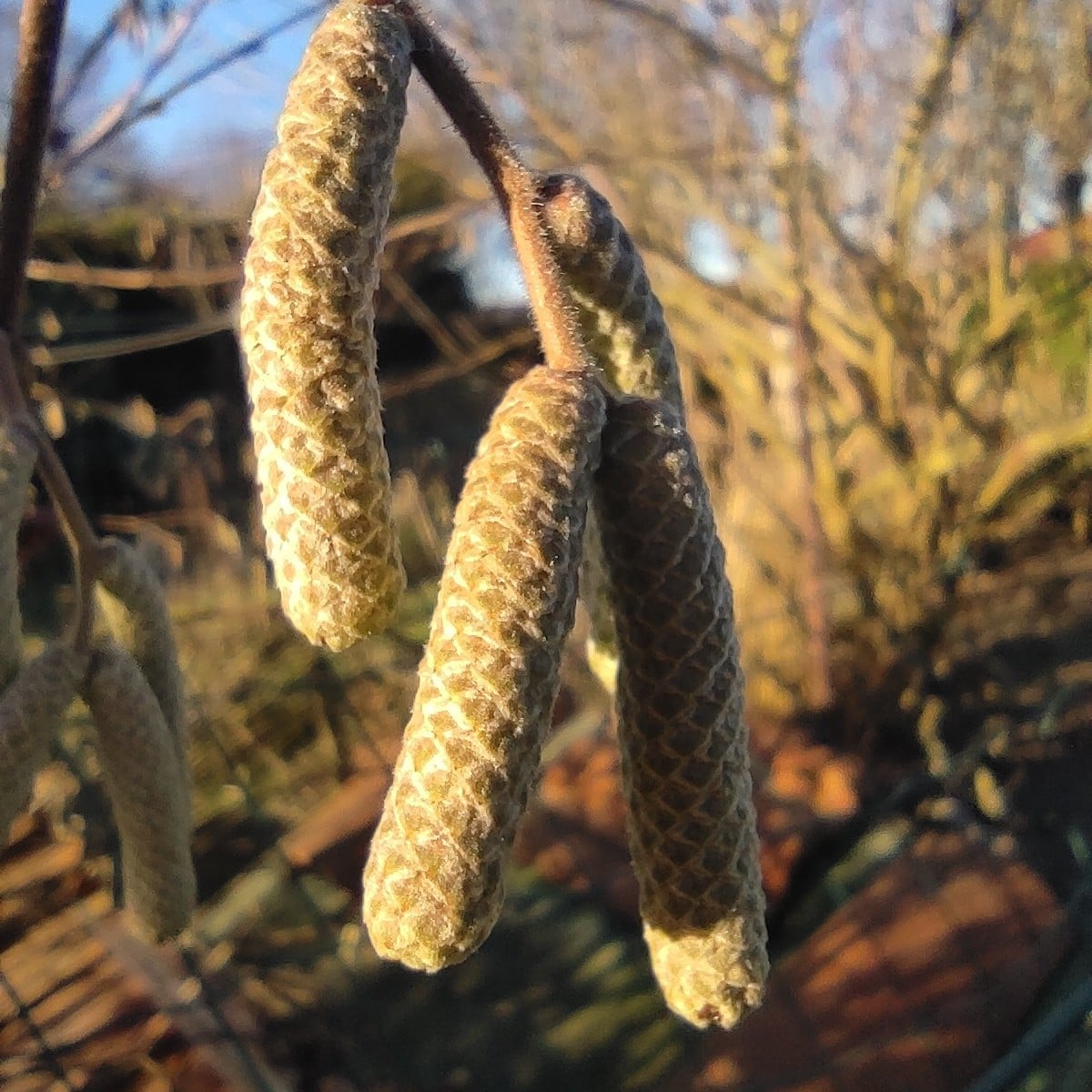
How to Grow Lamb’s Lettuce: Tips for Sowing & Companion Planting
Summer is coming to an end and fall is just around the corner. Gradually, most crops are ready for harvest and there is room in the beds for something new. Lamb's lettuce is a perfect fall and winter crop that brings life back to your beds. Find out how to sow, care for and harvest lamb's lettuce in this article.
This Article Contains:
- Growing Lamb’s Lettuce: What You Need to Know
- Sowing Lamb’s Lettuce: Cultivation or Direct Sowing?
- The Right Time for Sowing
- Lamb’s Lettuce in Mixed Cultivation: Companion Plants & Succession Cropping
- Your Planting Plan With Lambs Lettuce: Ideas & Examples
- Caring for Lamb’s Lettuce
- Diseases & Pests
- Harvest Lettuce Correctly
- Frequently Asked Questions About Growing Lamb’s Lettuce
Quick Overview
Tips for Sowing Lamb’s Lettuce
- When? Direct sowing from the end of July to mid-September or in March/April. Sowing is possible at temperatures from 5 to 25 ° C/41 to 77 ° F
- Sowing depth: 1 cm/0.4 in, dark germinator!
- Planting distance: 5 - 10 x 10 - 15 cm/ 2 - 3.9 x 3.9 - 5.9 in
Companion Planting
- Good companion plants: strawberry, fennel, spring onion, vegetable fennel, raspberry, cabbage, leek, radish, daikon, runner bean,...
- Bad companion plants: lovage, sage, Jerusalem artichoke
Harvest lamb's lettuce (several times)
- ready to harvest after 8 to 10 weeks
- cut with a smooth cut just above the ground
- you can harvest several times from one plant
Growing Lamb’s Lettuce: What You Need to Know
Lamb's lettuce (Valerianella) is very well known in this country and goes by many names: you may know it as Rapunzel, Nüssli, Vogerl or field lettuce. The annual plant is a member of the valerian family (Valerianaceae). You can sow lamb's lettuce in the fall, but also sometimes in the spring, as the plant is hardy and forms small, delicate rosettes at temperatures above 8 ° C/46 ° F. Lamb's lettuce is the perfect crop for self-sufficient gardeners to harvest in winter. If you don't like lamb's lettuce, you can also sow it as a green manure to cover the soil over the winter.

The Right Location for Lamb’s Lettuce
This plant is a particularly uncomplicated crop and has no particular demands on the soil. You can grow it in the garden without any problems, but also on the balcony in a pot. Lamb's lettuce thrives in almost any type of soil as long as it is in a sunny position. However, it is not very competitive due to its size, which is why the bed should be cleared of other weeds. Otherwise, the low-yielding lamb's lettuce is very frugal and does not need many nutrients. In combination with a late sowing date, lamb's lettuce is therefore particularly well suited as a successor crop for heavy-eating vegetables.
Sowing Lamb’s Lettuce: Cultivation or Direct Sowing?
Lamb's lettuce can be sown directly into the bed without any problems. With direct sowing, it is only important that your bed is as free as possible from other plants. So if you want to skip the cultivation, you can do so with a clear conscience. Of course, growing indoors or in a greenhouse is still possible. This has the advantage that you can start growing and therefore harvesting earlier. Even if your beds are still "occupied" with other vegetables, you can still grow young plants until the beds are free again. Pre-cultivation also gives the young plants a head start in growth, which makes them more competitive. You can find out more about "Re-Sowing or Sowing Directly Into the Bed?” in this article.
The Right Time for Sowing
Lamb's lettuce germinates at temperatures as low as 5 ° C/41 ° F. It does not like temperatures that are too high, so germination does not occur above 25 ° C/77 ° F. Depending on the variety, the seeds are sown from the end of July to mid-September. For late sowing, you should use frost-resistant seeds. Some of these varieties can overwinter and only be harvested the following year. If you combine different sowing dates with different varieties, you can extend the harvest window and harvest fresh lamb's lettuce for longer. The seeds germinate more quickly when sown in September, although growth may stop if temperatures drop below 8 ° C/47 ° F . In addition, lamb's lettuce can also be sown in March/April as soon as the soil temperature is permanently above 5 ° C/41 ° F.

Direct Sowing Into the Bed
Now it's time to sow. Prepare your bed and remove all weeds. Then make grooves about 0.5 to 1 cm/0.2 to 0.4 in deep in the soil and place a seed every 5 to 10 cm/2 to 3.9 in, depending on the variety. Leave a space of 10 to 15 cm between the rows. Lamb's lettuce is a dark germinator, so carefully cover the seeds with soil again and press them down well. Now the seeds must be kept well moist for three weeks. A cover or a layer of mulch helps to keep the moisture in the soil and prevent evaporation. If everything went well, small seedlings will appear after three weeks . As lamb's lettuce plants are quite small, they are very suitable for growing in a balcony box.
In areas where few weeds grow and not much weeding is required, you can simply spread the seeds widely over the ground and cover them with soil. In this case, you should thin out after the small plants have emerged so that they have enough space to grow. Otherwise the rosettes will remain small and puny.
Cultivation of Lamb’s Lettuce
For pre-cultivation, the seeds are sown in seed pots as described above (about three to five seeds per pot) and kept well moist. After around four to five weeks, you can then plant out the plants 5 to 10 cm/2 to 3.9 in apart. You can find out How to Make Your Own Potting Compost in our article on the subject.
Lamb’s Lettuce in Mixed Cultivation: Companion Plants & Succession Cropping

Lamb's lettuce is a great crop for keeping your beds covered and tidy over the winter months. In addition, despite their rosette size, lamb's lettuce plants develop an impressive root mass that reaches up to 1 m/1.1 yd deep into the soil. The soil structure is improved not only by the loosening caused by the deep roots, but also later by their remains. This is why lamb's lettuce is also a good green manure for your beds and is worth planting even if you are not a lamb's lettuce lover. Another advantage is that lamb's lettuce belongs to the valerian family and therefore brings variety to your succesion cropping and prevents soil fatigue. Many other crops belong to other plant families. Their pathogens and pests have little interest in lamb's lettuce and clear the field.
Table: Companion Plants
| Good Companion Plants | Bad Companion Plants | |
|---|---|---|
| coal | purslane | lovage |
| fennel | radish | sage |
| runners beans | raspberry | topinambur |
| leek | rhubarb | |
| marigold | strawberry | |
| oregano | spring onions | |
| physalis | onions |
Succession Planting & Crop Rotation
- Observe cultivation breaks of 3 to 4 years
- Not a suitable catch crop for lettuce!
- Good catch crop for potatoes, kohlrabi, peas, tomatoes, cucumbers, strawberries, onions or carrots
- Another advantage is that lamb's lettuce belongs to the valerian family and therefore brings variety to your crop rotation and prevents soil fatigue. Many other crops belong to other plant families. Their pathogens and pests have little interest in lamb's lettuce and clear the field. Lamb's lettuce can also be easily integrated into a mixed crop.
Your Planting Plan With Lambs Lettuce: Ideas & Examples
We have already prepared a few bed plans for mixed cultivation with lamb's lettuce. You can find ideas for the greenhouse or an outdoor bed here.
Caring for Lamb’s Lettuce

- Regularly weed out the weeds in your lamb's lettuce bed to prevent the plants from competing for light, water or nutrients.
- Keep freshly sown lamb's lettuce well moist for at least three weeks, as dryness inhibits the germination of the small seeds and encourages the plants to sprout
- If growing over the winter months , you should cover the bed with a fleece so that you can harvest tender, mild rosettes even in snow and frost. On mild days, it is advisable to remove the cover and allow fresh air to reach the plants. Otherwise you risk fungal infestation.
- You don't need to fertilize lamb's lettuce. It is content with what its predecessors have left it. Caution: Do not use mineral fertilizers, as these increase the nitrate content of the leaves. This can be harmful to health.
Diseases & Pests
As already mentioned, lamb's lettuce is not a demanding crop. Due to the time of year, hungry guests hardly play a role. In addition, there are only a few diseases that could affect lamb's lettuce. One of these is downy mildew. However, there are now some varieties that are tolerant to mildew, such as 'Elan' and 'Vit'. As a preventative measure, you can also ensure even watering without waterlogging and allow sufficient planting and row spacing for good aeration.
Harvest Lettuce Correctly
Lamb's lettuce has a very short cultivation period and is ready to harvest after just 8 to 10 weeks. The small plants are fragile and harvesting requires a little dexterity. You will also need a sharp knife to cut the plants just above the soil surface with a smooth cut. The cut should not be too high up, because then the rosettes will fall apart. But it shouldn't be too deep either, because then the plant won't sprout again. Otherwise, you can easily harvest several times from the same plant. Lamb's lettuce wilts very quickly and should therefore be eaten fresh. You should have harvested all the plants from the previous year by April at the latest, unless you want it to self-seed.
I wish you every success with growing lamb's lettuce! If you have any questions or suggestions, please write to us at [email protected].
Want to get helpful gardening tips all year round and plan your own beds in the best possible way? Then register here or download the Fryd app for Android or iOS.
Fryd - Your digital bed planner
Cover picture by pflanzenlust on Pixabay.

Marie
Marie is an agronomist. She is particularly interested in the sustainable and organic cultivation of vegetables and other plants. In her own garden, she gained experience and likes to try things out to learn from nature. She is particularly interested in the values and principles of permaculture, in order to contribute not only to the well-being of nature, but also to the well-being of people and future generations.
Learn MoreCurrent Topics in the Community

Liked 1 times
The chickens are not happy about the cold weather.
Show 1 answer
Without words
Show 1 answer
Liked 4 times
It may have actually worked with the shiitake smuggled into the fallen birch tree in our forest 🍄
Popular Articles

Overwintering Parsley: How to Do It Successfully

How to Grow Lettuce in Winter: Varieties, Sowing, Harvesting

Growing Sage Plant: Tips for Sowing and Harvesting

What Herbs Can Be Planted Together?

Create & Design a Permaculture Garden

Overwintering Plants: Tubs, Pots and Raised Beds

Pruning, Fertilizing & Propagating Currants: Care Tips

Pruning Raspberries: How to Do It

Vegetable Garden With Greenhouse: How to Use Greenhouse Effect

Winterizing Beds and the Garden: How to Do It
FAQ
When is the best time to sow lamb's lettuce?
From the end of July to mid-September or in March/April, from temperatures of 5 to 25 ° C/41 to 77 ° F.
Is it necessary to grow them indoors or in a greenhouse?
Cultivation is not necessary, but can be useful if there is not enough space in the bed. Otherwise, direct sowing is possible without any problems.
When can I harvest lamb's lettuce? Can I harvest several times?
Lamb's lettuce is ready to harvest after 8 to 10 weeks. It is best to harvest with a sharp knife and cut off the rosette just above the ground. If you leave the heart standing, you can even harvest several times.
Is lamb's lettuce a light germinator?
Lamb's lettuce is a dark germinator and is therefore well covered with soil to a thickness of 1 cm/0.4 in.
What are good companion plants for lamb's lettuce?
You can plant strawberries next to lamb's lettuce. Spring onions, leeks, radishes, cabbage and fennel are also good neighbors. Herbs such as oregano and marigolds also go well next to lettuce.